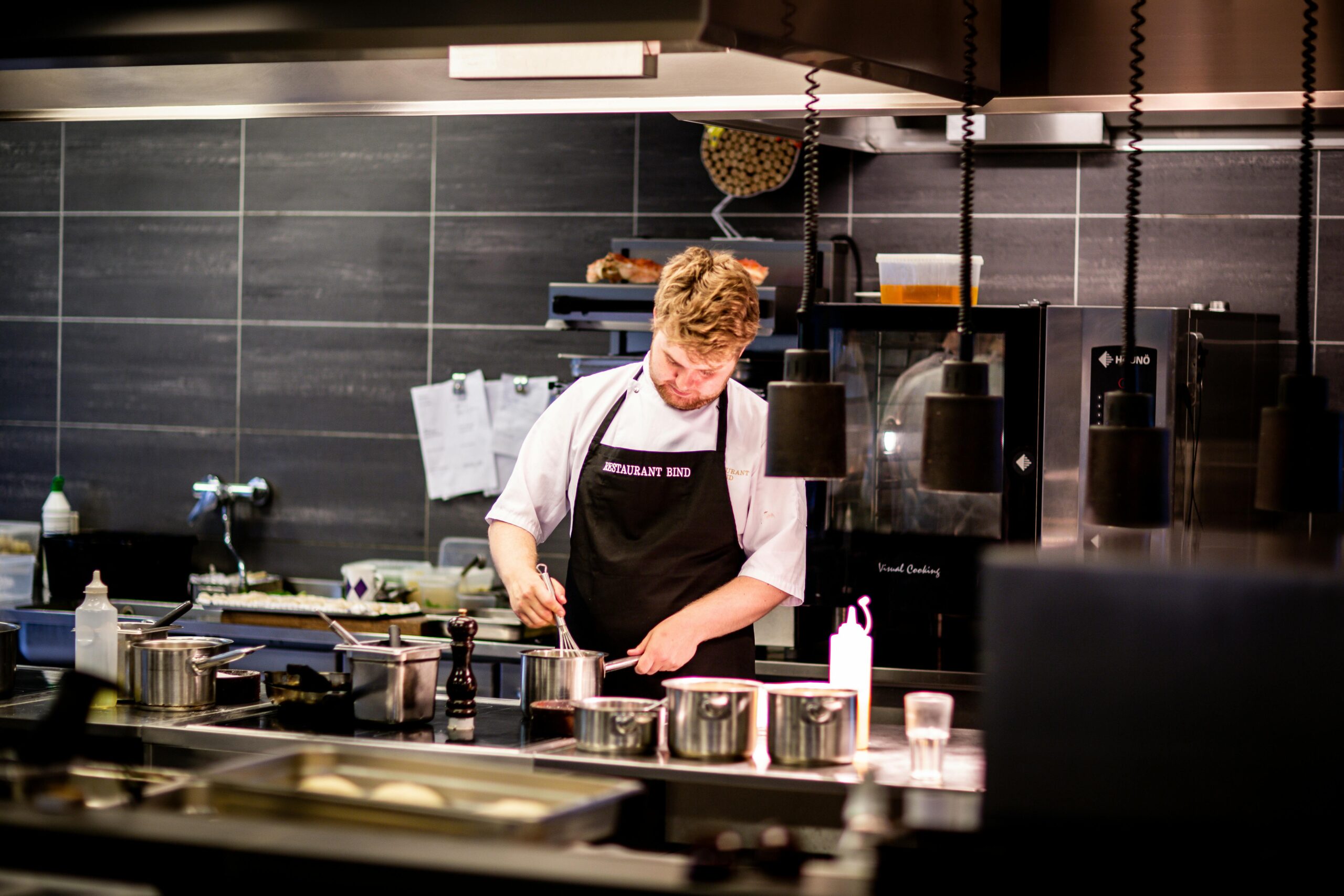The Rise of Ghost Kitchens: What Restaurants Need to Know
The restaurant industry is undergoing a significant transformation, driven by shifts in consumer behavior and technological advancements. One of the most notable trends reshaping the landscape is the rise of ghost kitchens, also known as virtual kitchens or delivery-only kitchens. These innovative setups are becoming a vital strategy for restaurants looking to capitalize on the growing demand for delivery and takeaway services. Here’s what you need to know about ghost kitchens and how they’re revolutionizing the restaurant industry.
What Are Ghost Kitchens?
Ghost kitchens are professional food preparation facilities that operate without a traditional dine-in area. Designed exclusively for delivery and takeout, they allow restaurants to serve customers through apps like Uber Eats, DoorDash, and Grubhub. Some ghost kitchens house multiple brands under one roof, sharing resources like equipment and labor while keeping operational costs low.
Unlike traditional restaurants, ghost kitchens focus on convenience, speed, and efficiency, making them a game-changer in the delivery-driven world.
Key Insight:
The global ghost kitchen market is projected to reach $139.37 billion by 2028, growing at a 12% compound annual growth rate (CAGR) from 2021 to 2028, according to Research and Markets.
Benefits of Ghost Kitchens
1. Reduced Overhead Costs
One of the major advantages of ghost kitchens is the significantly lower operational costs compared to traditional restaurants. With no need for a dining area, expensive furniture, or front-of-house staff, restaurants can allocate resources more effectively.
Example:
A restaurant transitioning to a ghost kitchen model reported a 40% reduction in rent and utilities, freeing up capital to invest in marketing and better ingredients.
2. Flexibility for Multiple Concepts
Ghost kitchens enable operators to experiment with multiple virtual brands simultaneously. For instance, a single kitchen can offer burgers, sushi, and vegan options under different brand names, all from the same space.
Stat Insight:
52% of restaurant operators using ghost kitchens have successfully launched additional virtual brands, according to recent data from Technomic.
3. Adaptability to Delivery Trends
The demand for delivery has skyrocketed, with 60% of U.S. consumers ordering delivery or takeout once a week (Upserve). Ghost kitchens allow restaurants to meet this demand head-on, offering optimized delivery-only menus that cater specifically to the convenience-driven customer.
4. Scalability Without Major Risks
Expanding a traditional restaurant to a second location can be costly and time-consuming. Ghost kitchens, on the other hand, provide a low-risk way to enter new markets quickly.
Real-World Impact:
A fast-casual brand opened a ghost kitchen in a neighboring city and saw revenues grow by 22% within the first two months due to reduced overhead and increased delivery orders.
5. Enhanced Operational Efficiency
Ghost kitchens focus exclusively on streamlined workflows and simplified menus designed to perform well for delivery. This ensures faster preparation times and higher order accuracy.
How Restaurants Can Adapt to the Ghost Kitchen Model
Step 1: Identify Market Opportunities
Study consumer demand and delivery trends in your target markets. Use insights from POS data, delivery app analytics, and regional demographics to identify the cuisines and menu items most likely to thrive as delivery-only offerings.
Step 2: Streamline Your Menu
Focus on dishes that are not only popular but also travel well. Items that retain their textures and flavors during transportation will enhance customer satisfaction and encourage repeat orders.
Quick Tip:
Include clear labeling and packaging that keeps food fresh and organized. For example, separating sauces from main items can prevent sogginess during delivery.
Step 3: Invest in Technology
Leverage technology to maximize efficiency:
- Use POS-integrated systems to sync orders across multiple delivery platforms.
- Employ inventory management tools to track ingredient usage and prevent waste.
- Automate marketing efforts to promote your ghost kitchen through loyalty programs and targeted ads.
Step 4: Partner with Delivery Services
Collaborate with major delivery networks to boost exposure. Many third-party apps offer marketing tools, such as promoting your kitchen during peak hours or running exclusive discounts.
Fact:
Restaurants on delivery platforms tend to see sales grow by 10–20% just from the added visibility.
Step 5: Test and Iterate
The ghost kitchen model allows for agility. Run A/B tests on menu descriptions, prices, and promotions to identify what resonates most with your audience. Adjust based on customer feedback and sales data.
Actionable Insight:
A ghost kitchen in Los Angeles tested two variations of its vegetarian burger listing and saw orders of one variant increase by 18%, simply by enhancing the product description.
Challenges to Consider
While ghost kitchens offer numerous benefits, they come with unique challenges, including:
- Heavy reliance on delivery apps with commission fees of 15–30%.
- Limited branding opportunities, as customers interact mostly with app interfaces.
- Intense competition, given the popularity of the model.
To mitigate these challenges, consider investing in direct marketing strategies, like social media ads or your own online ordering system, to encourage customers to order directly from you.
The Future of Ghost Kitchens
The rise of ghost kitchens signals a significant shift in the restaurant industry. They offer the ultimate blend of cost-efficiency and rapid scalability, making them increasingly attractive for operators. By adopting this model and using data-driven insights, restaurants can meet changing customer demands while optimizing their operations.
Whether you’re looking to expand your brand or explore entirely new offerings, ghost kitchens provide a dynamic platform to innovate and grow. At TRIS, we specialize in helping restaurants harness the power of this model through tailored strategies and technology integrations.






Most businesses utilize a network connection to some degree, be it internal data storage or an online point of sale system. While larger corporations often have complex data security systems in place, small businesses can also fall victim to a cyber attack if they do not take steps to protect themselves.